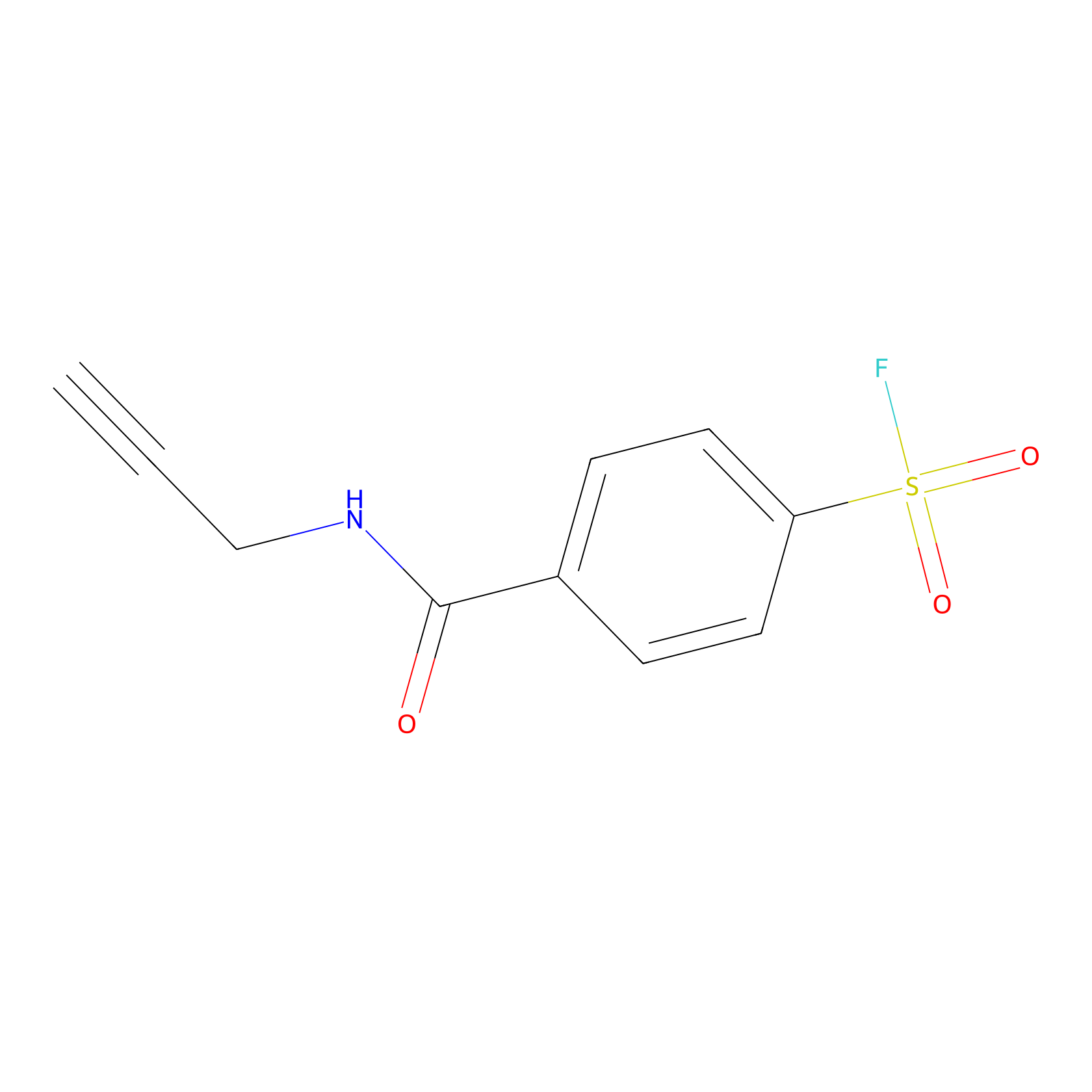Details of the Target
General Information of Target
| Target ID | LDTP09486 | |||||
|---|---|---|---|---|---|---|
| Target Name | 2-phosphoxylose phosphatase 1 (PXYLP1) | |||||
| Gene Name | PXYLP1 | |||||
| Gene ID | 92370 | |||||
| Synonyms |
ACPL2; HEL124; XYLP; 2-phosphoxylose phosphatase 1; EC 3.1.3.-; Acid phosphatase-like protein 2; Xylosyl phosphatase; epididymis luminal protein 124 |
|||||
| 3D Structure | ||||||
| Sequence |
MLFRNRFLLLLALAALLAFVSLSLQFFHLIPVSTPKNGMSSKSRKRIMPDPVTEPPVTDP
VYEALLYCNIPSVAERSMEGHAPHHFKLVSVHVFIRHGDRYPLYVIPKTKRPEIDCTLVA NRKPYHPKLEAFISHMSKGSGASFESPLNSLPLYPNHPLCEMGELTQTGVVQHLQNGQLL RDIYLKKHKLLPNDWSADQLYLETTGKSRTLQSGLALLYGFLPDFDWKKIYFRHQPSALF CSGSCYCPVRNQYLEKEQRRQYLLRLKNSQLEKTYGEMAKIVDVPTKQLRAANPIDSMLC HFCHNVSFPCTRNGCVDMEHFKVIKTHQIEDERERREKKLYFGYSLLGAHPILNQTIGRM QRATEGRKEELFALYSAHDVTLSPVLSALGLSEARFPRFAARLIFELWQDREKPSEHSVR ILYNGVDVTFHTSFCQDHHKRSPKPMCPLENLVRFVKRDMFVALGGSGTNYYDACHREGF |
|||||
| Target Bioclass |
Enzyme
|
|||||
| Family |
Histidine acid phosphatase family
|
|||||
| Subcellular location |
Golgi apparatus membrane
|
|||||
| Function |
Responsible for the 2-O-dephosphorylation of xylose in the glycosaminoglycan-protein linkage region of proteoglycans thereby regulating the amount of mature glycosaminoglycan (GAG) chains. Sulfated glycosaminoglycans (GAGs), including heparan sulfate and chondroitin sulfate, are synthesized on the so-called common GAG-protein linkage region (GlcUAbeta1-3Galbeta1-3Galbeta1-4Xylbeta1-O-Ser) of core proteins, which is formed by the stepwise addition of monosaccharide residues by the respective specific glycosyltransferases. Xylose 2-O-dephosphorylation during completion of linkage region formation is a prerequisite for the initiation and efficient elongation of the repeating disaccharide region of GAG chains.
|
|||||
| Uniprot ID | ||||||
| Ensemble ID | ||||||
| HGNC ID | ||||||
Target Site Mutations in Different Cell Lines
Probe(s) Labeling This Target
ABPP Probe
| Probe name | Structure | Binding Site(Ratio) | Interaction ID | Ref | |
|---|---|---|---|---|---|
|
DBIA Probe Info |
 |
C116(1.03) | LDD1508 | [1] | |
|
SF Probe Info |
 |
N.A. | LDD0028 | [2] | |
Competitor(s) Related to This Target
| Competitor ID | Name | Cell line | Binding Site(Ratio) | Interaction ID | Ref |
|---|---|---|---|---|---|
| LDCM0215 | AC10 | HEK-293T | C116(1.03) | LDD1508 | [1] |
| LDCM0226 | AC11 | HEK-293T | C116(1.02) | LDD1509 | [1] |
| LDCM0277 | AC18 | HEK-293T | C116(0.95) | LDD1516 | [1] |
| LDCM0278 | AC19 | HEK-293T | C116(1.12) | LDD1517 | [1] |
| LDCM0279 | AC2 | HEK-293T | C116(0.96) | LDD1518 | [1] |
| LDCM0286 | AC26 | HEK-293T | C116(0.86) | LDD1525 | [1] |
| LDCM0287 | AC27 | HEK-293T | C116(0.96) | LDD1526 | [1] |
| LDCM0290 | AC3 | HEK-293T | C116(1.09) | LDD1529 | [1] |
| LDCM0295 | AC34 | HEK-293T | C116(1.01) | LDD1534 | [1] |
| LDCM0296 | AC35 | HEK-293T | C116(0.99) | LDD1535 | [1] |
| LDCM0304 | AC42 | HEK-293T | C116(0.94) | LDD1543 | [1] |
| LDCM0305 | AC43 | HEK-293T | C116(1.09) | LDD1544 | [1] |
| LDCM0313 | AC50 | HEK-293T | C116(0.98) | LDD1552 | [1] |
| LDCM0314 | AC51 | HEK-293T | C116(1.01) | LDD1553 | [1] |
| LDCM0321 | AC58 | HEK-293T | C116(1.02) | LDD1560 | [1] |
| LDCM0322 | AC59 | HEK-293T | C116(0.99) | LDD1561 | [1] |
| LDCM0020 | ARS-1620 | HCC44 | C241(1.40); C247(1.40) | LDD2171 | [3] |
| LDCM0405 | CL18 | HEK-293T | C116(1.06) | LDD1609 | [1] |
| LDCM0406 | CL19 | HEK-293T | C116(1.31) | LDD1610 | [1] |
| LDCM0419 | CL30 | HEK-293T | C116(1.09) | LDD1623 | [1] |
| LDCM0420 | CL31 | HEK-293T | C116(1.25) | LDD1624 | [1] |
| LDCM0432 | CL42 | HEK-293T | C116(1.17) | LDD1636 | [1] |
| LDCM0433 | CL43 | HEK-293T | C116(1.12) | LDD1637 | [1] |
| LDCM0445 | CL54 | HEK-293T | C116(1.11) | LDD1648 | [1] |
| LDCM0446 | CL55 | HEK-293T | C116(1.19) | LDD1649 | [1] |
| LDCM0451 | CL6 | HEK-293T | C116(1.08) | LDD1654 | [1] |
| LDCM0458 | CL66 | HEK-293T | C116(1.13) | LDD1661 | [1] |
| LDCM0459 | CL67 | HEK-293T | C116(1.17) | LDD1662 | [1] |
| LDCM0462 | CL7 | HEK-293T | C116(1.29) | LDD1665 | [1] |
| LDCM0471 | CL78 | HEK-293T | C116(1.17) | LDD1674 | [1] |
| LDCM0472 | CL79 | HEK-293T | C116(1.03) | LDD1675 | [1] |
| LDCM0485 | CL90 | HEK-293T | C116(1.07) | LDD1688 | [1] |
| LDCM0486 | CL91 | HEK-293T | C116(1.04) | LDD1689 | [1] |
| LDCM0021 | THZ1 | HCT 116 | C241(1.40); C247(1.40) | LDD2173 | [3] |
References
